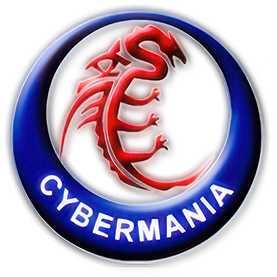
A detailed overview of system activity with highlighting.
Graphs and statistics allow you quickly to track down resource hogs and runaway processes.
Tip: Use Ctrl+I to view system performance information. Move your cursor over a graph to get a tooltip with information about the data point under your cursor. You can double-click the graph to see information about the process at that data point, even if the process is no longer running.
Can’t edit or delete a file? Discover which processes are using that file.
Tip: Use Ctrl+F to search for a handle or DLL. If all else fails, you can right-click an entry and close the handle associated with the file. However, this should only be used as a last resort and can lead to data loss and corruption.
See what programs have active network connections, and close them if necessary.
Get real-time information on disk access.
Tip: This may look very similar to the Disk Activity feature in Resource Monitor, but Process Hacker has a few more features!
View detailed stack traces with kernel-mode, WOW64 and .NET support.
Tip: Hover your cursor over the first column (with the numbers) to view parameter and line number information when available.
Go beyond services.msc: create, edit and control services.
Tip: By default, Process Hacker shows entries for drivers in addition to normal user-mode services. You can turn this off by checking View > Hide Driver Services.
